Think fast fashion is saving you money? Think again. Hidden behind those irresistible price tags is a cost that hits your wallet harder than you might expect. What’s the real price of staying on trend?
#1. Cheap Clothes, Frequent Purchases
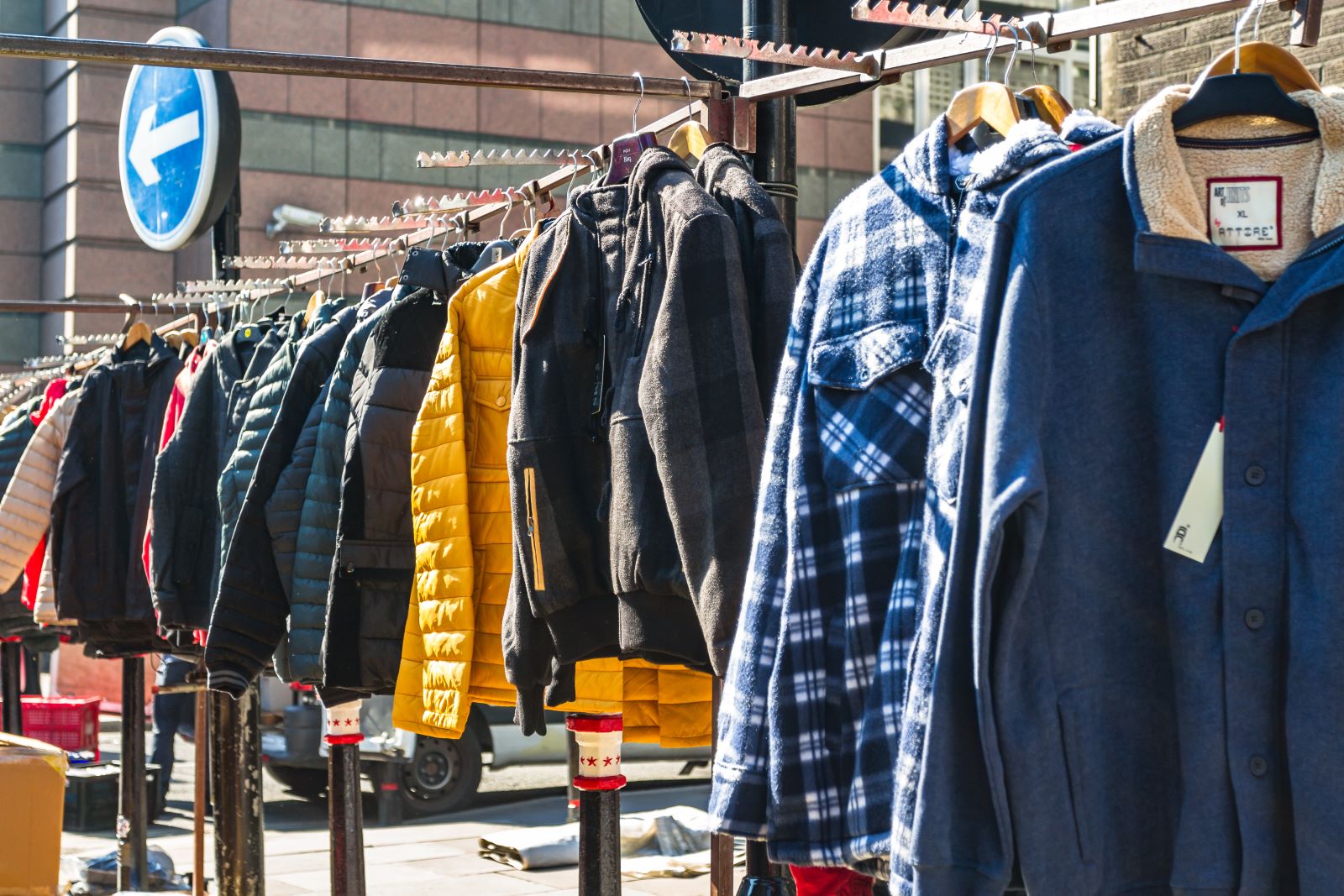
Fast fashion encourages the cycle of buying cheap, wearing a few times, and discarding. This habit forces you to spend more frequently to keep up with trends.
#2. Lower Quality, Shorter Lifespan
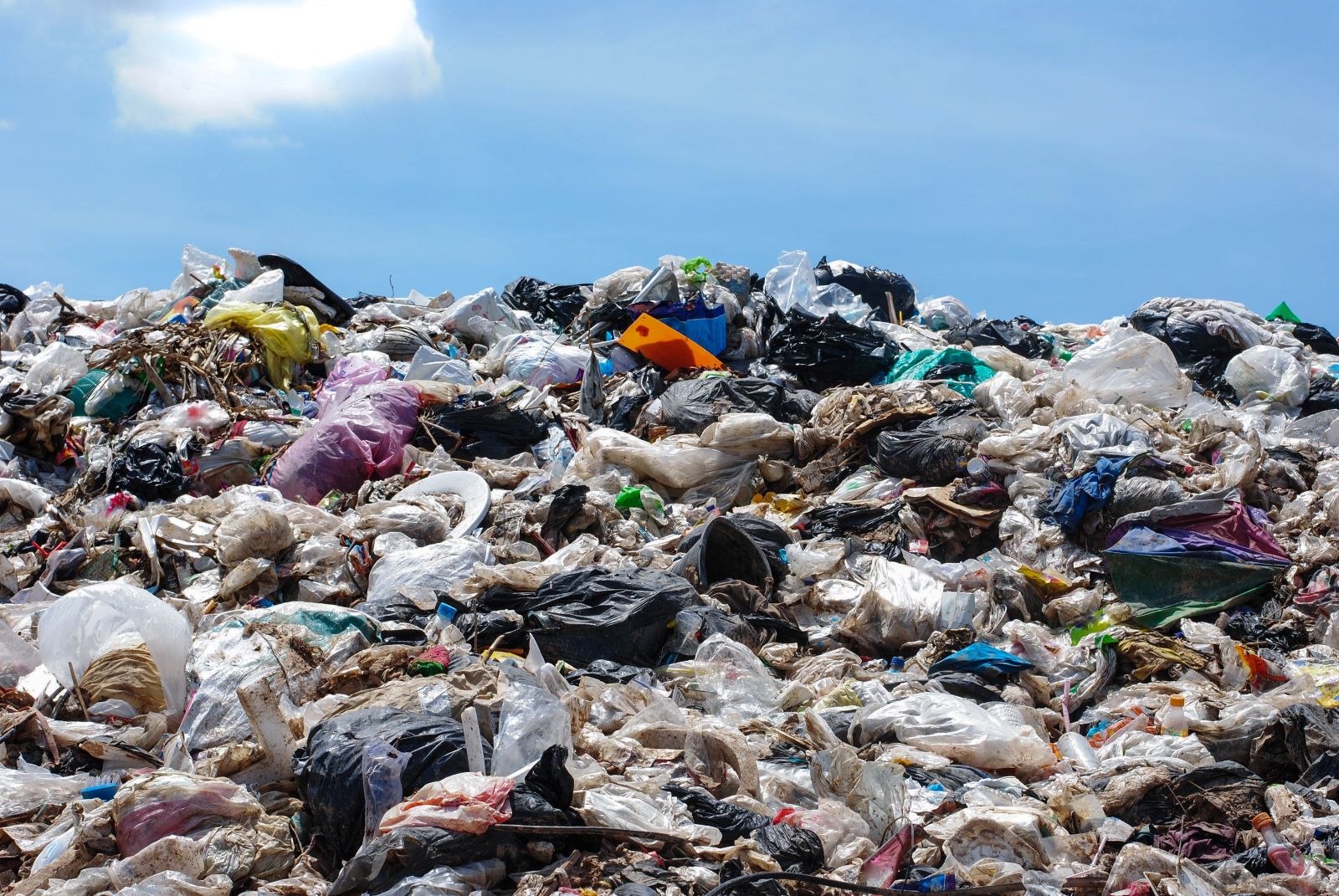
The low-quality materials used in fast fashion mean clothes wear out quickly, requiring replacements sooner and increasing your overall spending.
#3. High Volume, High Expense
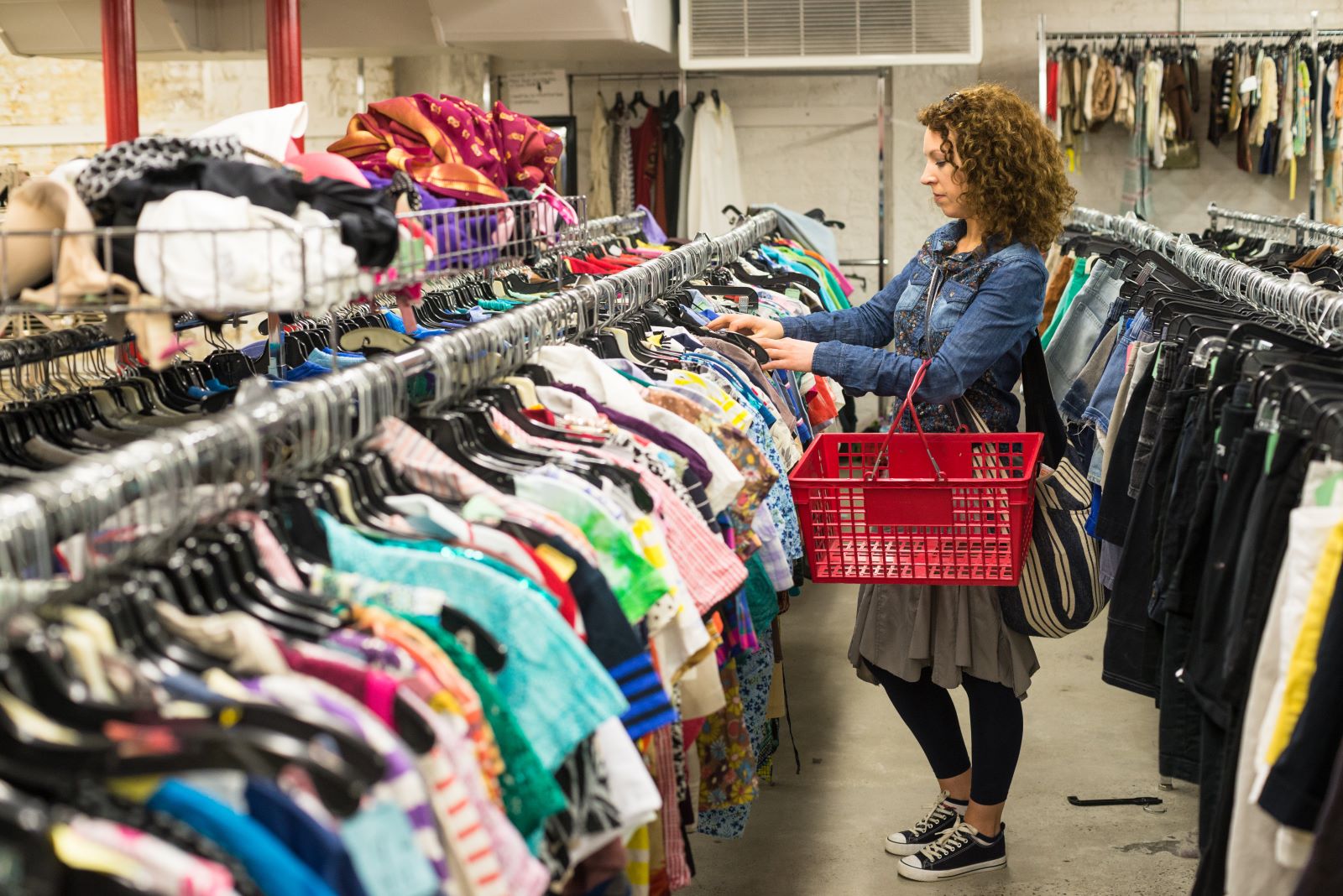
While individual items may be cheap, the volume of purchases adds up, leading to significant annual spending on clothing.
#4. Hidden Costs of Returns

The ease of online shopping and returns hides a costly process. Frequent returns drive up prices and often have hidden restocking fees that impact your wallet.
#5. Environmental Levies
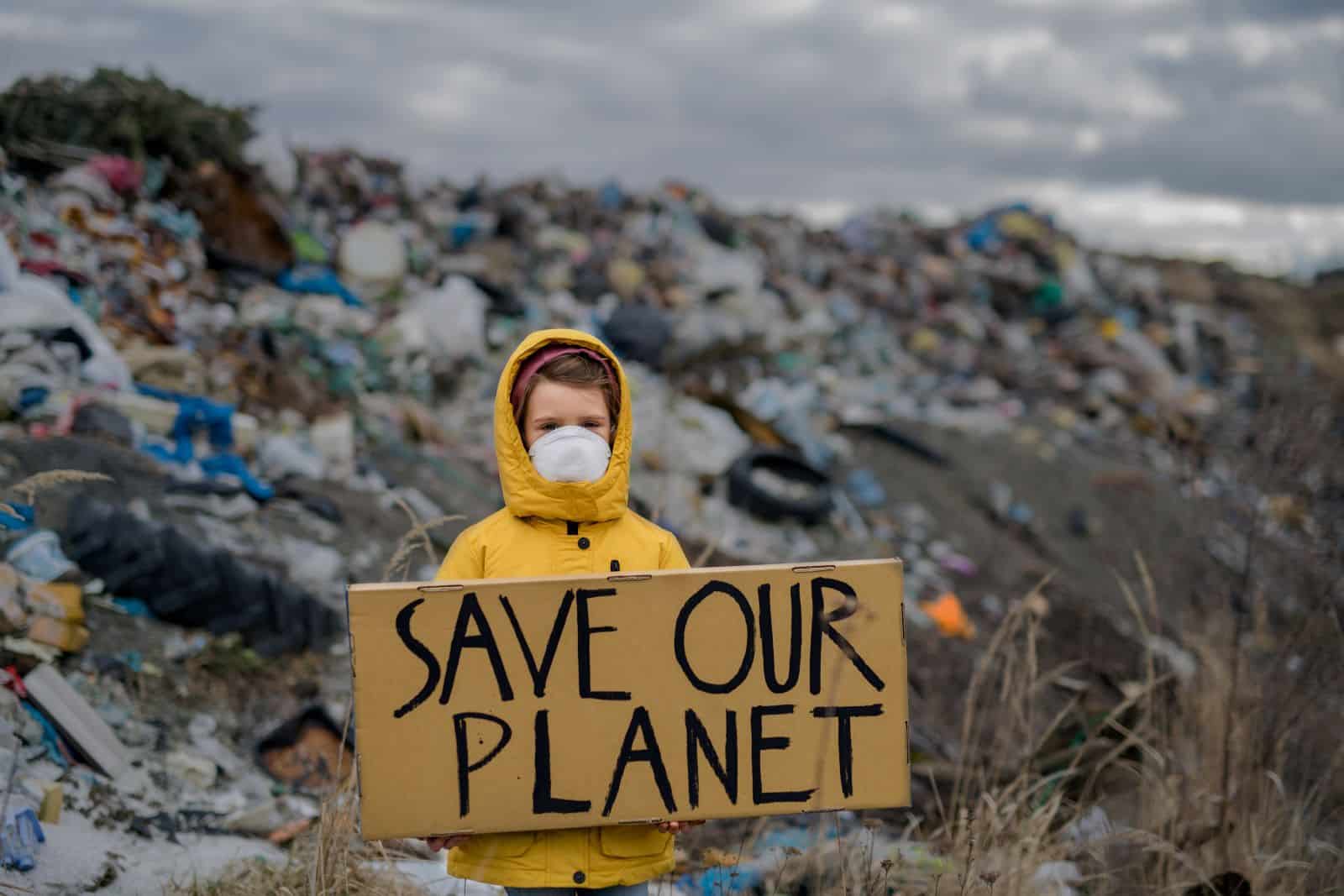
As environmental regulations catch up with the pollution caused by fast fashion, expect prices to rise as companies pass on the cost of compliance to consumers.
#6. Waste of Resources

The resources used for rapidly produced garments, which are quickly discarded, represent a waste of money and materials, with a long-term cost to the planet and your pocketbook.
#7. Impulse Buying Triggered

Fast fashion thrives on impulse buys, encouraged by constantly changing inventory and marketing tactics that tap into the fear of missing out.
#8. Maintenance Costs

Cheap clothing often requires special care, such as dry cleaning, which can cost more than the garment itself over its short lifespan.
#9. Credit Spending Increases

The affordability of fast fashion can lead to overspending on credit, trapping consumers in a cycle of debt to keep up with fashion trends.
#10. Depreciation of Clothing Value

Fast fashion items have little to no resale value, unlike more durable clothing which can be sold second-hand or even kept as vintage.
#11. Boost in Marketing Spend

Your spending contributes to the vast amounts fast fashion brands allocate to aggressive marketing campaigns, designed to make you spend even more.
#12. Costly Disposal Processes
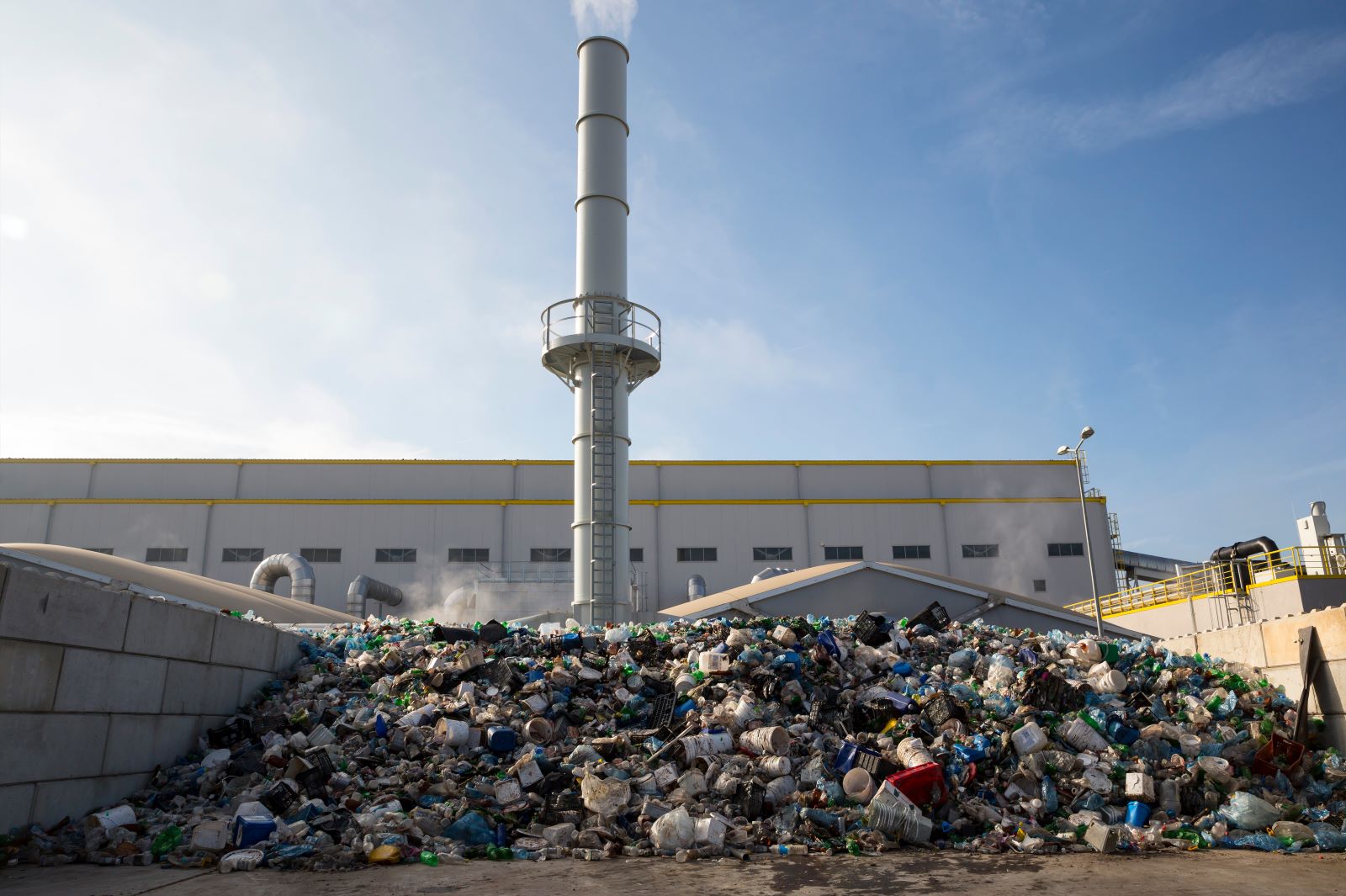
The disposal of fast fashion products involves high costs for waste management and recycling, which are often absorbed by local governments and, ultimately, taxpayers.
#13. Labor Exploitation Savings

Low-cost garments are frequently the product of exploited labor. The savings you gain are often at the cost of humane working conditions.
#14. Economic Instability in Fashion
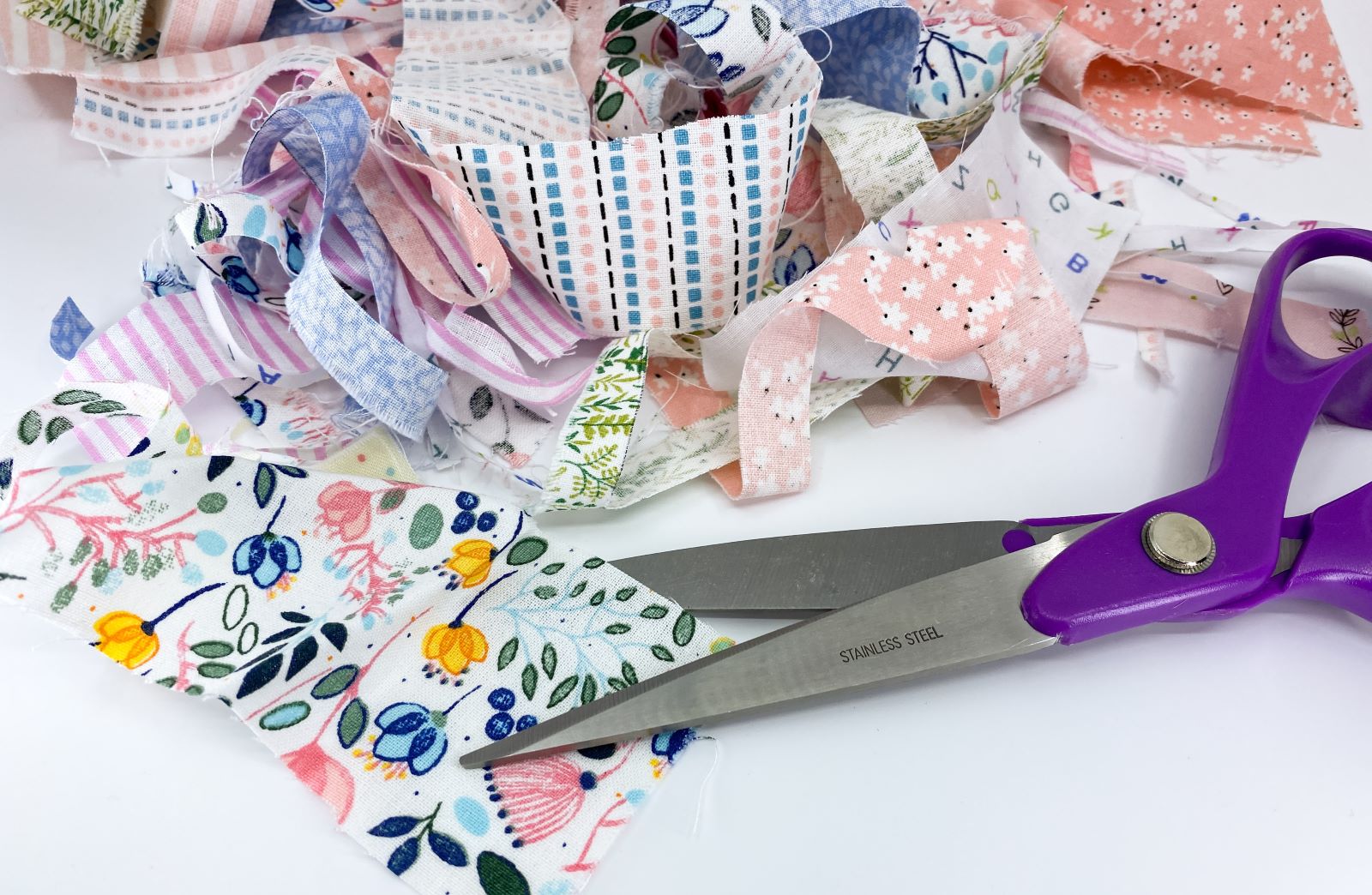
The fast fashion industry’s rapid production cycle destabilizes traditional fashion manufacturing, affecting job security and economic stability in the sector.
#15. Psychological Spending Patterns

Fast fashion can alter your spending behavior, promoting a short-term gratification mindset over sustainable and financially sound purchasing habits.
Buyer’s Remorse or Buyer Beware?

As we tally the costs, it becomes clear that what’s saved at the checkout is spent many times over in managing the consequences of our fast fashion habits. Are these fleeting trends worth the long-term drain on your wallet and ethical considerations? It’s time for a more sustainable approach to what we wear.
Remote No More: 19 Companies Returning to the Office

As the pandemic wanes, companies are recalling remote workers back to the office, sparking debates on fairness, costs, and convenience. However, there are also notable productivity, coworking, and mental health benefits to consider. Feeling the effects of these changes? Remote No More: 19 Companies Returning to the Office
8 Costco Must Buys and 8 to Leave Behind

Ever wandered Costco’s aisles, questioning if that giant jar of pickles is a real bargain? Or debated buying tires where you get your rotisserie chicken? Welcome to the definitive guide to Costco shopping—a journey to save money, prevent regrets, and offer quirky insights into bulk buying. 8 Costco Must Buys and 8 to Leave Behind
23 Reasons Texas Is the Next Big Thing

Texas is becoming a beacon of opportunity, blending cultural heritage with economic growth. From its landscapes to its industries, the Lone Star State offers a dynamic lifestyle. Here are 23 reasons why Texas stands out, attracting entrepreneurs, artists, tech professionals, and families seeking new beginnings. 23 Reasons Texas Is the Next Big Thing
15 Top Sites to Sell Your Unwanted Goods Besides Craigslist

Selling your unwanted items can declutter your space and boost your income. While Craigslist is popular, there are many alternatives with unique features and wider audiences. Explore these 15 Craigslist alternatives for selling everything from furniture to electronics, finding the perfect platform to turn clutter into cash. 15 Top Sites to Sell Your Unwanted Goods Besides Craigslist
Work from Anywhere: 19 Companies Still Supporting Remote Work

Tired of commuting and craving work flexibility? You’re not alone. Many companies now offer remote work, benefiting both employees and employers. Ever wondered how this shift could enhance your work-life balance? Work from Anywhere: 19 Companies Still Supporting Remote Work
The post – 15 Disturbing Facts About the Fast Fashion Industry’s Impact on Your Wallet – first appeared on Liberty & Wealth.
Featured Image Credit: Shutterstock / LightField Studios.
The content of this article is for informational purposes only and does not constitute or replace professional financial advice.
For transparency, this content was partly developed with AI assistance and carefully curated by an experienced editor to be informative and ensure accuracy.

